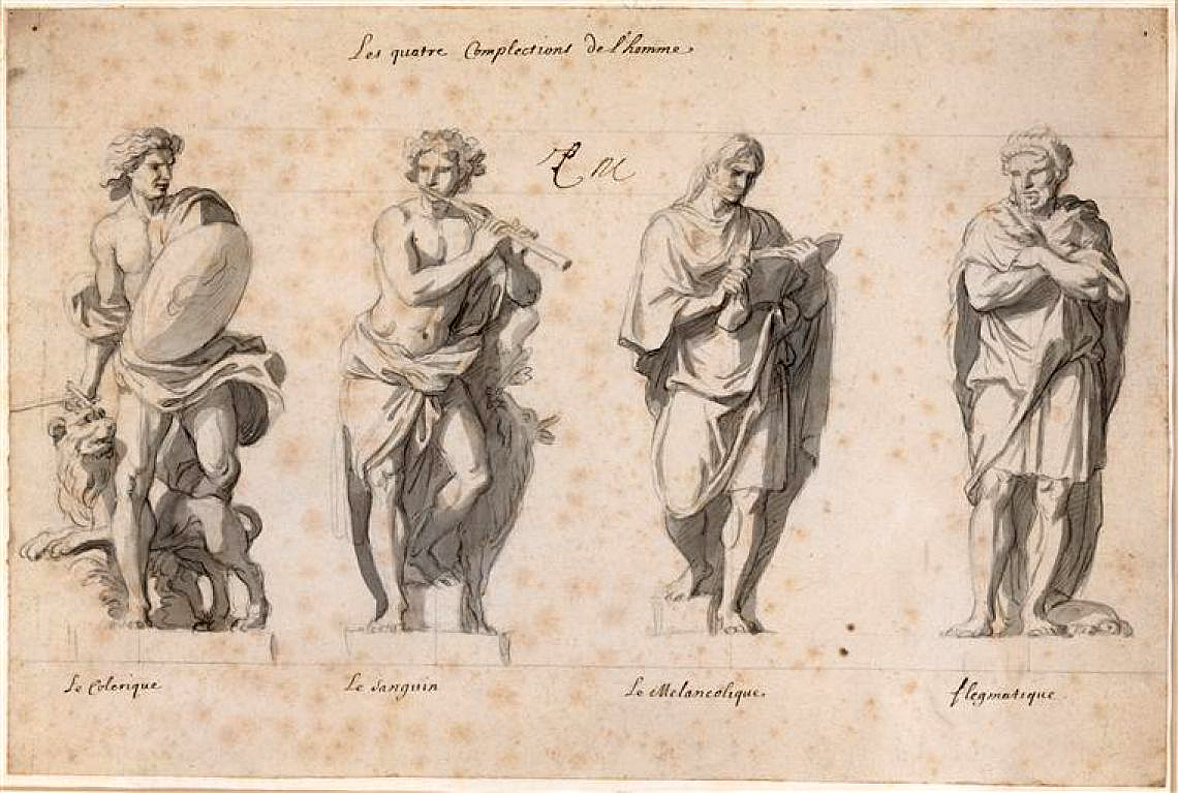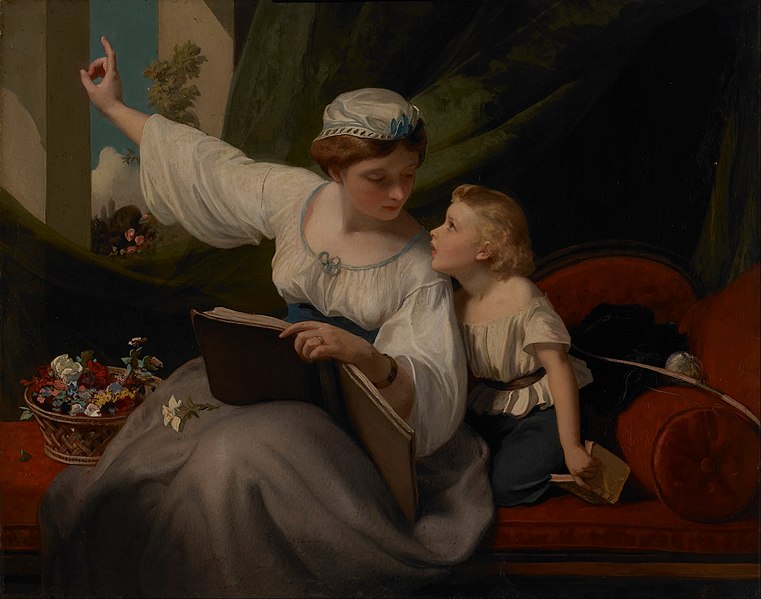 |
David and Goliath from the Breviari di Marti, 14th-15th century
(photo credit: Wikipedia). |
I’ve had a lot of requests lately, especially since my interview on Carmelite Conversations, for more details on teaching children to pray. So I’ve decided to write a step-by-step post to help you create these meditations for your children or students.
I will walk you through a meditation I created for my boys. We’ll use the story of David and Goliath as a basis for this meditation, because everyone is familiar with it.
You can write a meditation for your kids without first praying over the Scripture passage yourself. I was making a Bible-based curriculum for the boys for a few years before I realized how akin it was to Christian meditation. At that point, I tried meditating on the Scripture passage first. What happened?
The lesson became more personal. I was more excited about it. My kids and I were then focusing on the same things in our spiritual lives. How cool is that? I taught with more enthusiasm and gained a deeper connection with them.
Step 1: Read and Meditate on the story yourselfSo, find a Bible and read I Kings 17. This is a long story, so I encourage you to read it outside your prayer time. You don’t want to spend all your time with God reading. You want to spend your time in conversation with Him.
Then set aside about thirty minutes for prayer, alone in a quiet place where no one will interrupt you. Place yourself in God’s presence. Ask the Holy Spirit to guide your meditation.
Read the rest at Contemplative Homeschool.












